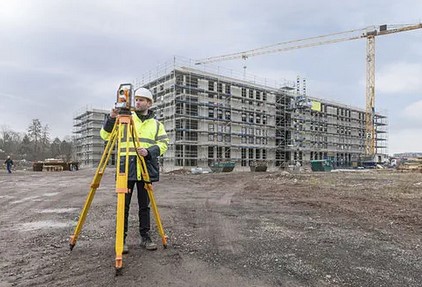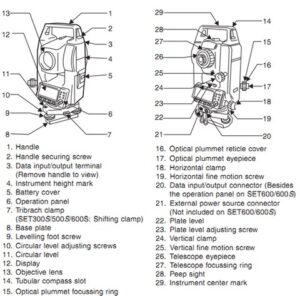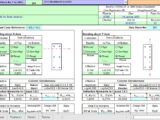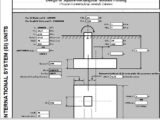
What is Total Station? Principles and fundamentals – Advantages and Disadvantages
24 January 2022 Off By The Engineering CommunityTable of Contents
What is Total Station? Principles and fundamentals – Advantages and Disadvantages
Total station is used for computing slant distances, horizontal and vertical angles, elevations in topographic and geodetic works, tacheometric surveys, etc. The total station is a pre-eminent contribution to modern surveying and hence the equipment is designed for speed, range, and accuracy. They are a combination of Theodolite and Electronic Distance measurement (EDM). This enables computing the vertical, horizontal as well as slope measurements.
They acts as a substitute for theodolite, EDM, Data collector, and a Microprocessor. Moreover, they are lightweight and compact machines and perform like transit stadia and plane table alidades.
The integration of microprocessors helps in the data collection and measurement computation process. Further to that, the inbuilt software helps to generate the maps instantly.
Applications
Apart from taking the measurements, the total station helps in computing, interpreting, and documenting the data. Here is a list of activities that are computed, interpreted, and analyzed.
- Horizontal angle
- Vertical angle
- Slope distance
- Coordinate of point
- Missing line measurement
- Area calculation
- Contour level
Principle of Total station
The total station consists of a built-in emitter, capable of emitting microwaves and infrared signals. The wavelength of these emitted waves helps in calculating the distance between the points.
Distance = velocity * time
Here the distance is calculated by multiplying the time taken to cover a certain distance by the velocity. However, Triangulation and trigonometry methods are adopted for computing the angles and determining the coordinates.
Total Station Components
The Equipment is composed of different parts. Below listed are the major components.

- Handle
- Handle securing screw
- Data input/output terminal (Remove handle to view)
- Instrument height mark
- Battery cover
- Operation panel
- Tribrach clamp
- Baseplate
- Levelling foot screw
- Circular level adjusting screws
- Circular level
- Display
- Prism and prism pole
- Objective lens
- Tubular compass slot
- The optical plummet focusing ring
- Optical plummet reticle cover
- Optical plummet eyepiece
- Horizontal clamp
- A horizontal fine motion screw
- Data input/output connector
- External power source connector
- Plate level
- Plate level adjusting screw
- Vertical clamp
- A vertical fine motion screw
- Telescope eyepiece
- Telescope focusing ring
- Peep sight
- Instrument centre mark
A tripod enables to affix the equipment onto the ground. A handle is available on the top of the equipment for holding it. There are a Data input and output terminal below the handle enabling the data transfer to the computer.
The total station comes with inbuilt software, an operation panel, keyboard, and a screen. The prism and prism poles helps in measuring distances.
Advantages of Total station
There are a lot of advantages of total station as follows.
- High precision and accuracy.
- Requires limited manpower
- Perform quick field work
- Reduction in manual errors.
- Correction for temperature, pressure etc and digitally rectified.
- Storage and interpretation of data is easy
- Time consumed is less.
- Inbuilt GIS software helps in instant map creation
- Assists in local languages.
Disadvantages of Total station
- The cost of the instrument is high.
- Need high skilled surveyor with AutoCAD knowledge and professional training.
- Checking errors during the operation is impossible.
- Low battery life.


